Combatting Psylla: Essential Strategies for Healthy Citrus Gardens
Introduction
Psylla, a Common Garden Adversary: In the verdant landscapes of South Africa, Psylla stands out as a notorious adversary for gardeners, especially those nurturing citrus trees. These tiny insects, though small, can cause significant damage, making their management a top priority for maintaining a healthy garden. This introduction sets the stage for understanding Psylla as more than just a pest, but a challenge that, when addressed effectively, can greatly enhance the health and yield of citrus gardens.
Critical for Citrus Growers: Citrus growers, whether hobbyists with a few trees or commercial farmers with extensive orchards, find the management of Psylla pivotal to their gardening success. The health of citrus plants and the quality of their fruit directly correlate with effective Psylla control, making this topic of immense importance for anyone invested in citrus cultivation.
Comprehensive Guide: This article aims to be a comprehensive guide, encompassing everything from identifying Psylla to effectively managing its presence. We will delve into various control strategies, highlighting the importance of an integrated approach that combines prevention, natural remedies, and, when necessary, chemical interventions.
What is Psylla?
Psylla Demystified: Psylla, a sap-sucking insect belonging to the family Psyllidae, is a common pest in citrus gardens. They are small, often less than a few millimeters in size, with a life cycle that includes stages from egg to nymph to adult. Understanding their life cycle is crucial for effective control, as different stages may require different management strategies.
Impact on Citrus: Psylla infestation in citrus plants can lead to stunted growth, deformed leaves, and reduced fruit yield. The pests produce a sticky substance known as honeydew, which encourages the growth of sooty mold, further harming the plant. Identifying the signs of their presence early on is key.
Diverse Species in South Africa: In South Africa, several species of Psylla can be found, each with specific habits and impacts on citrus plants.
Identifying Psylla Infestations
Signs of Presence: The presence of Psylla is typically indicated by distinctive symptoms on citrus plants, such as curling and yellowing of leaves, and the aforementioned sooty mold. Additionally, gardeners might notice tiny insects or eggs, especially on new growth, which are telltale signs of Psylla infestation.
Early Detection Tips: Regular inspection of citrus plants, particularly the undersides of new leaves, is crucial for early detection of Psylla. Look for the nymphs, which are often more visible than the adult Psylla, as well as for any unusual leaf disfiguration or stickiness.
Confirming Infestation: To confirm a Psylla infestation, it’s important to differentiate its signs from those of other pests like aphids or scale insects. Consulting with local extension services or experienced gardeners can provide a more accurate diagnosis, ensuring the correct treatment approach is taken.
The Impact of Psylla on Citrus Plants
Damage Overview: Psylla infestations can lead to severe damage in citrus plants. The pests feed on the sap of new growth, causing leaf deformation, stunted growth, and in severe cases, death of young shoots. This not only affects the aesthetic appeal of the plant but can significantly impact fruit production.
Long-term Effects: Over time, repeated Psylla infestations can weaken citrus trees, making them more susceptible to other diseases and pests. The vigor and health of the plant diminish, leading to a decline in both the quantity and quality of fruit yield.
Economic Implications: For commercial citrus growers, the economic implications of Psylla infestations can be substantial. Reduced yield and the need for increased management efforts can significantly impact profitability. This makes effective Psylla control a critical aspect of successful citrus farming.

Natural, Eco-Friendly & Organic Control Methods For Psylla
- Organic Control of Citrus Psylla & Products avaliable in South Africa:
-
- Kirchhoff’s Ludwig’s Insect Spray
- Kirchhoff’s Margaret Roberts Organic Insecticide
Sustainable Gardening Practices: Employing sustainable gardening practices, like encouraging biodiversity in the garden, can naturally reduce Psylla populations. Planting companion plants that attract natural predators of Psylla is a method that aligns with eco-friendly gardening philosophies.
Beneficial Insects: Introducing or encouraging beneficial insects that prey on Psylla, such as ladybugs and lacewings, is an effective natural control method. These predators can help keep the Psylla population in check without the need for chemical interventions.
Chemical Control: When and How to Use It
- Chemical Control of Citrus Psylla & Products avaliable in South Africa:
- Efekto Aphicide
- Makhro Agro Koinor
- Protek Complete
Responsible Use of Pesticides: In cases where Psylla infestations are severe, the careful and targeted use of chemical pesticides may be necessary. It’s important to choose products specifically recommended for Psylla and to follow label instructions meticulously to minimize harm to beneficial insects and the environment.
Safety and Environmental Considerations: While using chemical controls, safety should be the top priority. Personal protective equipment should be used, and care should be taken to avoid contaminating water sources and non-target plants and animals.
Chemical Alternatives: Whenever possible, opt for less harmful chemical alternatives, such as insecticidal soaps or oils, which are effective against Psylla but have a lower environmental impact than traditional pesticides.
Preventative Measures and Garden Hygiene
Preventing Psylla Infestations: Prevention is always better than cure. Keeping citrus trees healthy, through proper nutrition and watering, can reduce their susceptibility to Psylla. Regular pruning of affected areas can also help in controlling the spread.
Garden Maintenance Importance: Maintaining garden hygiene plays a crucial role in preventing Psylla infestations. Regularly clearing away debris, fallen leaves, and pruning waste can reduce hiding places for Psylla and interrupt their life cycle.
Garden Design Tips: Thoughtful garden design, including the selection of Psylla-resistant citrus varieties and the strategic placement of plants to optimize air circulation, can help in reducing the likelihood of infestations.
Community and Expert Resources
Leveraging Community Knowledge: Engaging with local gardening communities can provide valuable insights into managing Psylla. Sharing experiences and solutions with fellow gardeners can lead to effective and innovative pest control strategies.
Expert Guidance: For more in-depth information, turning to expert resources such as local agricultural extension offices or online platforms specializing in citrus gardening can be highly beneficial.
Learning Opportunities: Participating in workshops, webinars, and local gardening groups can offer hands-on learning experiences and up-to-date information on managing Psylla and other garden pests effectively.
How to Get Rid of Citrus Psylla
Citrus psylla is a common pest affecting citrus trees, known for causing significant damage if left unchecked. To effectively manage this pest, it is crucial to first identify its presence. Look for symptoms like curling leaves, stunted growth, and the tell-tale honeydew secretion. Once confirmed, consider an integrated pest management approach. Start with cultural practices such as removing and destroying affected plant parts. Biological control can be effective, with natural predators like ladybugs acting as allies in your garden. Chemical controls should be a last resort due to their environmental impact. Use horticultural oils or insecticidal soaps as a more eco-friendly option, targeting the psylla during their most vulnerable stages.
How to Get Rid of Psylla
Managing psylla, a pest not just limited to citrus trees, involves a combination of strategies. These pests can infest various plants, so a broad approach is required. Regular inspection of plants for early signs of infestation is key. Promote a healthy garden ecosystem that encourages natural predators like lacewings and hoverflies. Implementing good gardening practices, such as proper spacing and avoiding excessive nitrogen fertilizer, can reduce the likelihood of severe infestations. In cases where intervention is necessary, opt for organic insecticides like neem oil or insecticidal soaps, applying them carefully according to instructions to minimize harm to beneficial insects.
Natural Remedy for Citrus Psylla
For gardeners seeking a natural remedy for citrus psylla, there are several effective and environmentally friendly options. Neem oil is a popular choice, known for its ability to disrupt the life cycle of pests without harming beneficial insects. Another method is to encourage beneficial insects that prey on psylla, such as ladybugs and parasitic wasps, by planting companion plants that attract them. Regularly inspecting your citrus trees and removing any infected leaves or branches can also help control the spread. Additionally, a homemade garlic or chili spray can act as a deterrent. Remember, consistent and early intervention is key to managing these pests naturally.
Psylla in Citrus Trees
Psylla infestations in citrus trees can be a serious concern for gardeners. These small insects feed on the sap of new growth, leading to leaf curling, stunted growth, and potentially, a decrease in fruit production. Identifying the problem early is crucial. Look for nymphs and adults on the undersides of new leaves, along with honeydew and sooty mold. Cultural practices like pruning infected areas and maintaining tree health are foundational in managing psylla. Introduce natural predators or use organic insecticides as a targeted approach to control. Regular monitoring and a well-rounded garden care routine can significantly reduce the impact of psylla on your citrus trees.
Psylla Damage
Psylla damage in gardens, particularly on citrus trees, is characterized by several distinct signs. These pests attack new growth, causing leaves to curl and become distorted. As they feed, psylla excrete a sticky substance called honeydew, which can lead to the growth of sooty mold, further harming the plant. Severely affected trees may exhibit stunted growth, leaf drop, and reduced fruit yield. To mitigate damage, it’s important to regularly inspect your plants, especially during the growing season, and take prompt action if psylla are detected. Employing a combination of cultural, biological, and, if necessary, chemical control methods can help manage and reduce the impact of psylla damage effectively.
Citrus Psylla Treatment
Treating citrus psylla effectively requires a multifaceted approach. Start by monitoring your citrus trees regularly for signs of psylla, such as distorted new growth and honeydew residue. Pruning and disposing of infected branches can help reduce the population. Encourage or introduce natural predators like ladybugs to your garden as a biological control method. In severe cases, you may need to resort to chemical treatments. Choose environmentally friendly options like horticultural oils or insecticidal soaps, which are less harmful to beneficial insects and the overall ecosystem. Consistency in treatment and prevention strategies is key to keeping citrus psylla at bay.
Psylla on Lemon Trees
Managing psylla on lemon trees involves a vigilant and proactive approach. These pests can be particularly troublesome on lemon trees due to their preference for new, tender growth. Regular inspection of the trees for signs of psylla, such as curled leaves and honeydew, is essential. Implement cultural control methods such as pruning affected areas and maintaining good tree health through proper fertilization and watering. Biological controls, including encouraging natural predators, can be highly effective. If necessary, use organic or eco-friendly pesticides as a last resort, applying them carefully to target the psylla without causing undue harm to other beneficial garden inhabitants. Remember, early detection and consistent management are key in controlling psylla on lemon trees.
Additional Resources for Lemon Trees
- How to Grow a Lemon Tree
- How to Transplant a Lemon Tree – Plantinfo.co.za
- Fruits and Berries: How to Prune a Lemon Tree – Plantinfo.co.za
- Garden Problems: Citrus Psylla on Plants – Plantinfo.co.za
- How to Grow Lemons in Containers – Plantinfo.co.za
- Planting a Lemon Tree – Plantinfo.co.za
- Citrus Species – Plantinfo.co.za
- Citrus Limon – Plantinfo.co.za
- How to Grow Lemon Trees – Plantland.co.za
- Grow the best Lemon Tree | Plant Care – Eckarsds garden centre
- Every Garden Needs A Lemon Tree – Thegardener.co.za









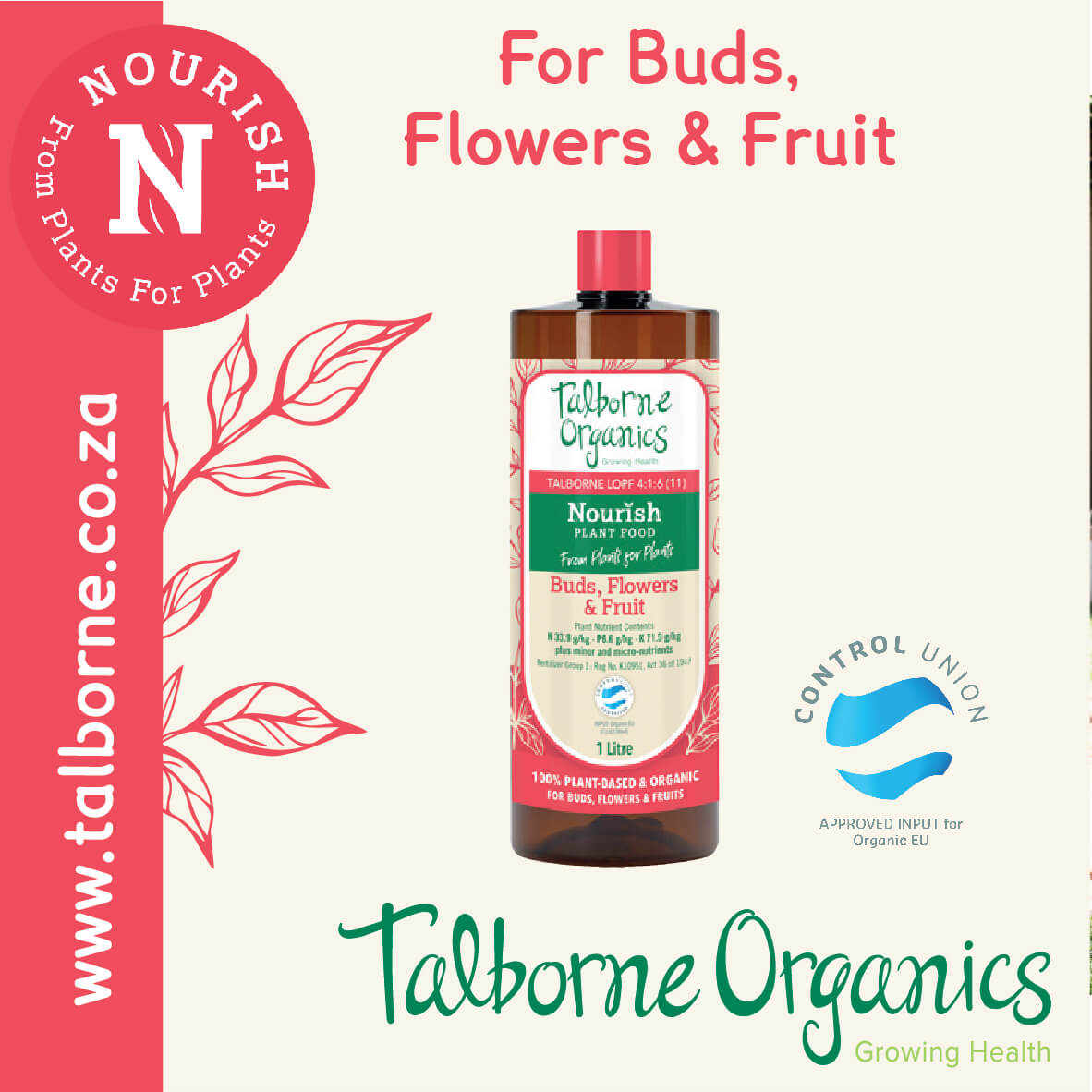


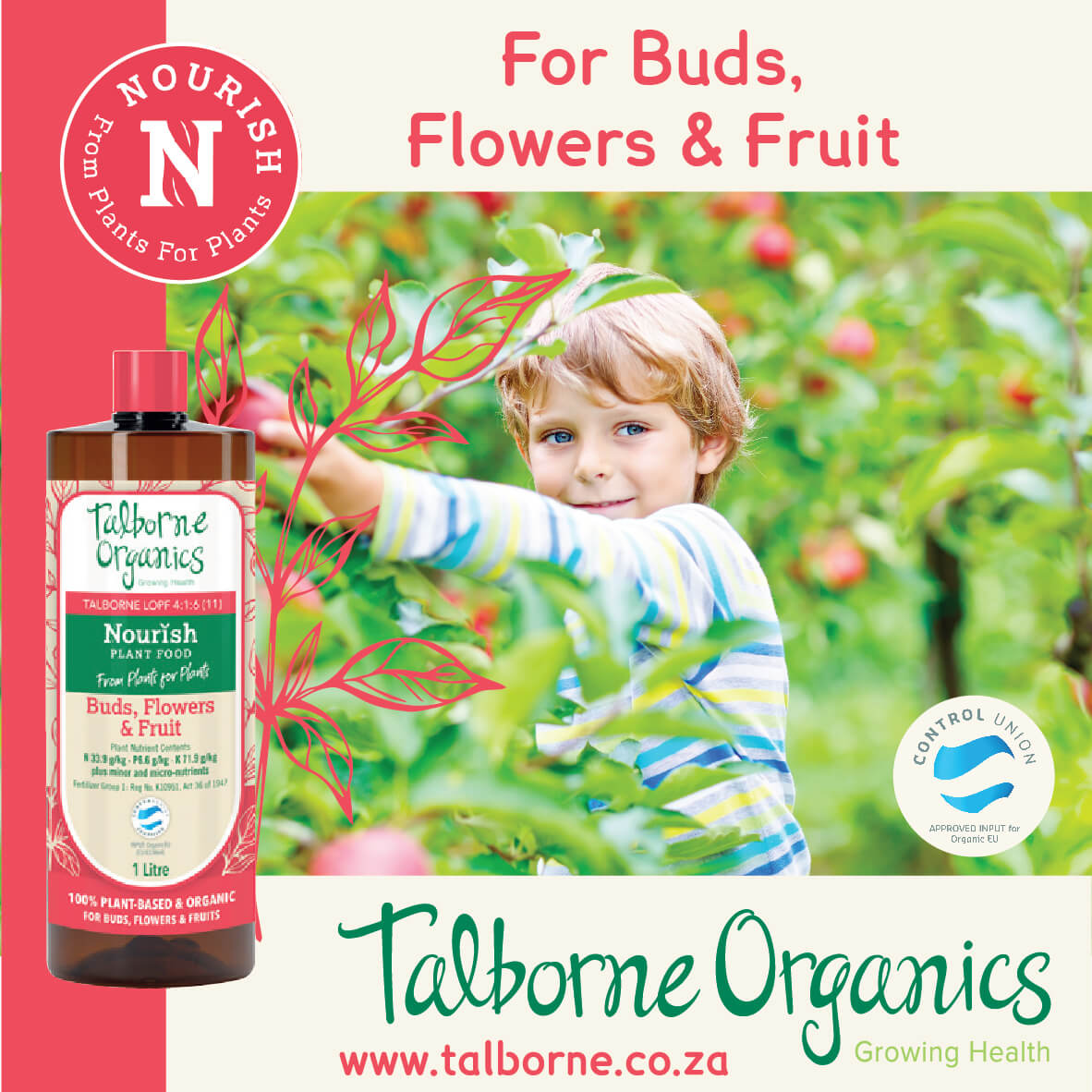




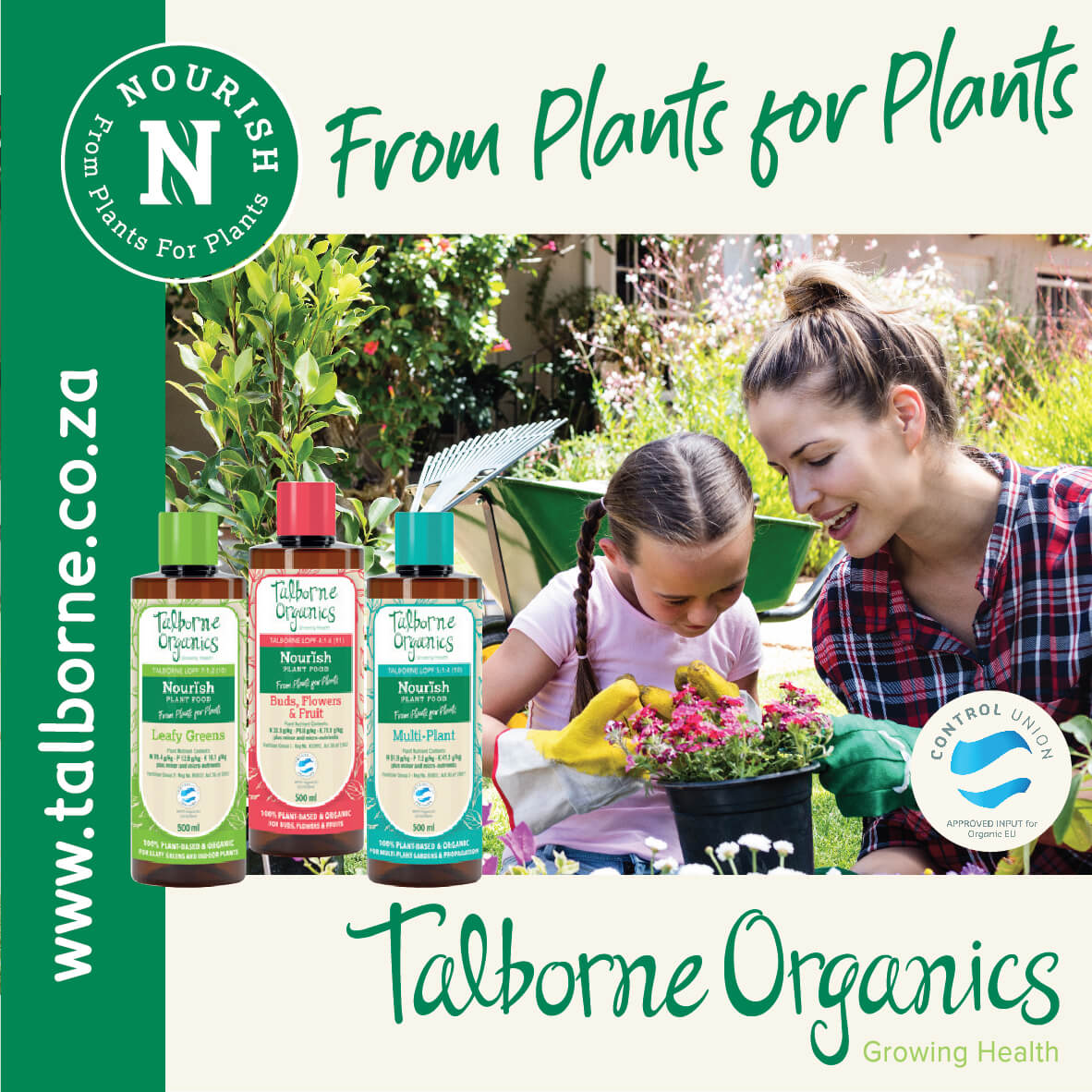
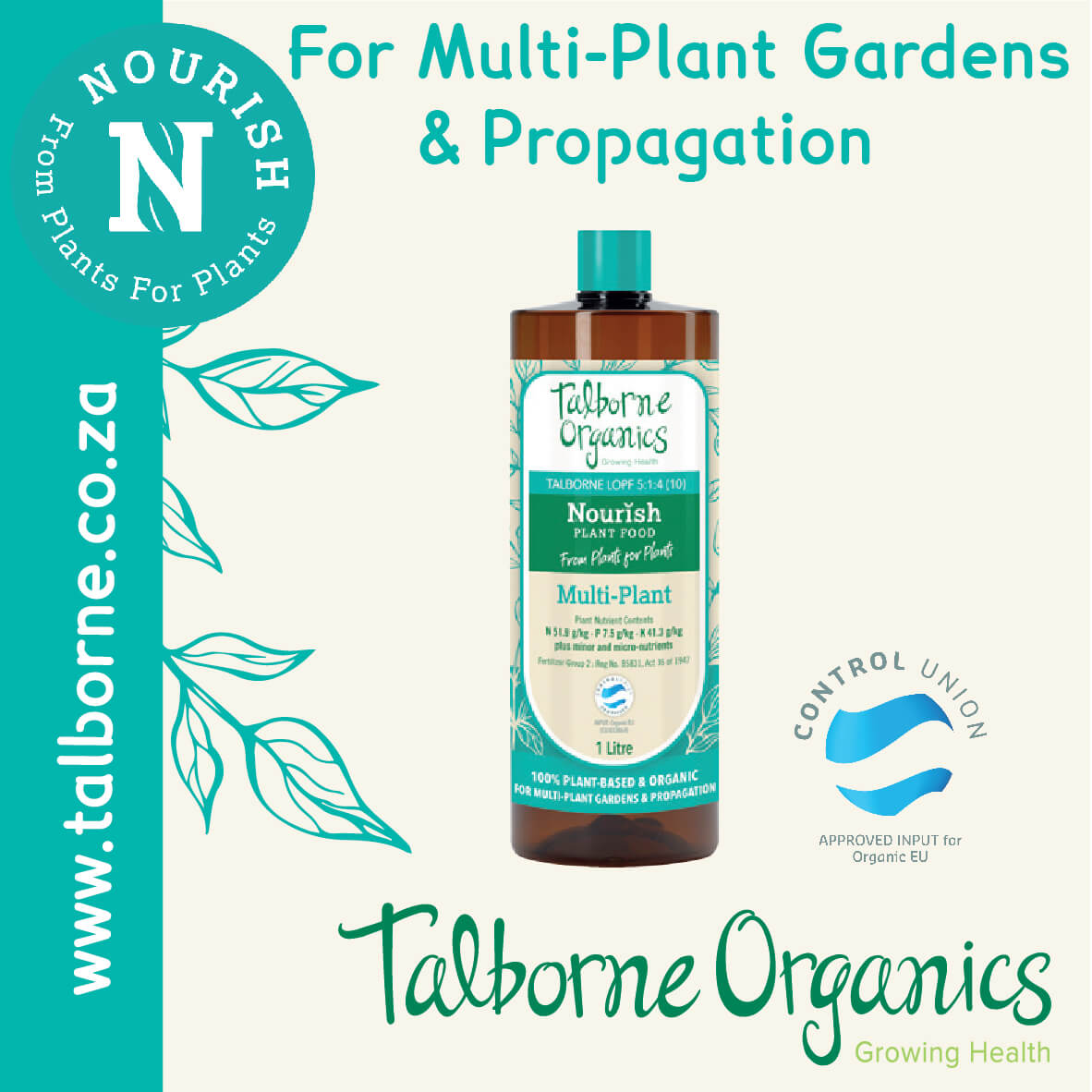
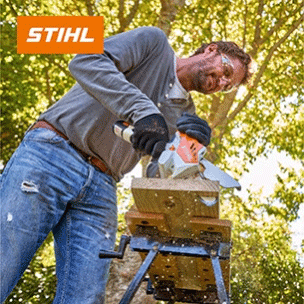









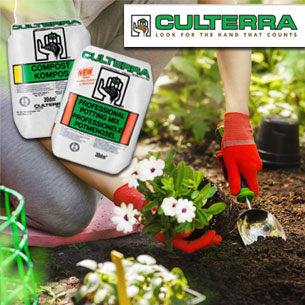

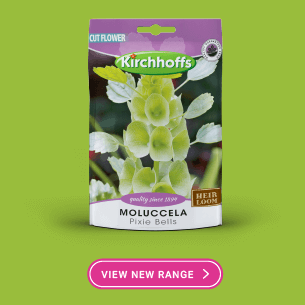
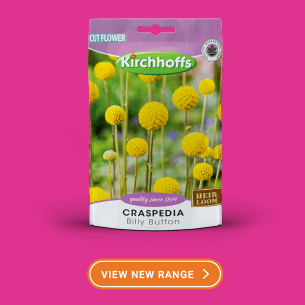

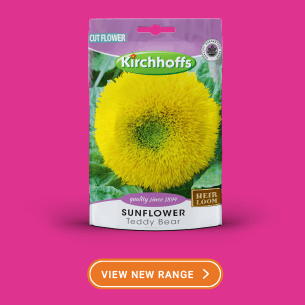
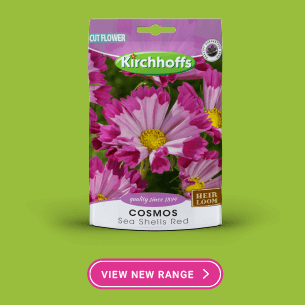
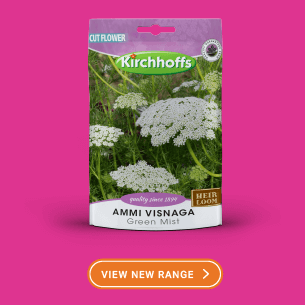

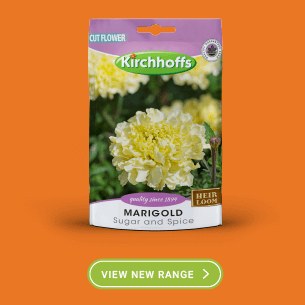
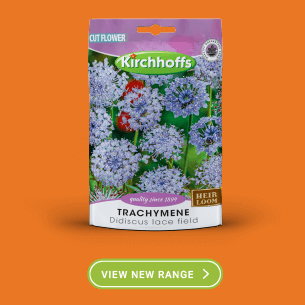
Excellent information. I love a beautiful garden and then obviously there must be a lemon tree. Unfortunately I am not so good at it. But I really, really love it.
I have one question to ask please. What is the best fertilizer to use for a lemon tree and how often and how much must the fertilizer been
given?
Thank you very much for your wonderful advise!
Regards.
For your lemon tree, a balanced fertilizer with a higher ratio of nitrogen is ideal, as citrus trees need more nitrogen for healthy foliage and fruit development. A good option is Talborne Organics Vita Fruit & Flower 3:1:5, which are both well-suited for citrus trees like lemons. Alternatively any general fertilizer sould do the job.
How to Fertilize:
Frequency: Fertilize your lemon tree every 4 to 6 weeks during the growing season (spring and summer). In autumn and winter, reduce the frequency to once every 2-3 months, as the tree will be less active.
Amount: For a young tree (less than 3 years old), use around 100g to 200g of fertilizer per application. For a mature tree, apply 300g to 500g. Always water the tree before and after applying the fertilizer to prevent root burn.
Ensure you follow the product instructions for specific quantities and adjust based on the size and age of your tree.